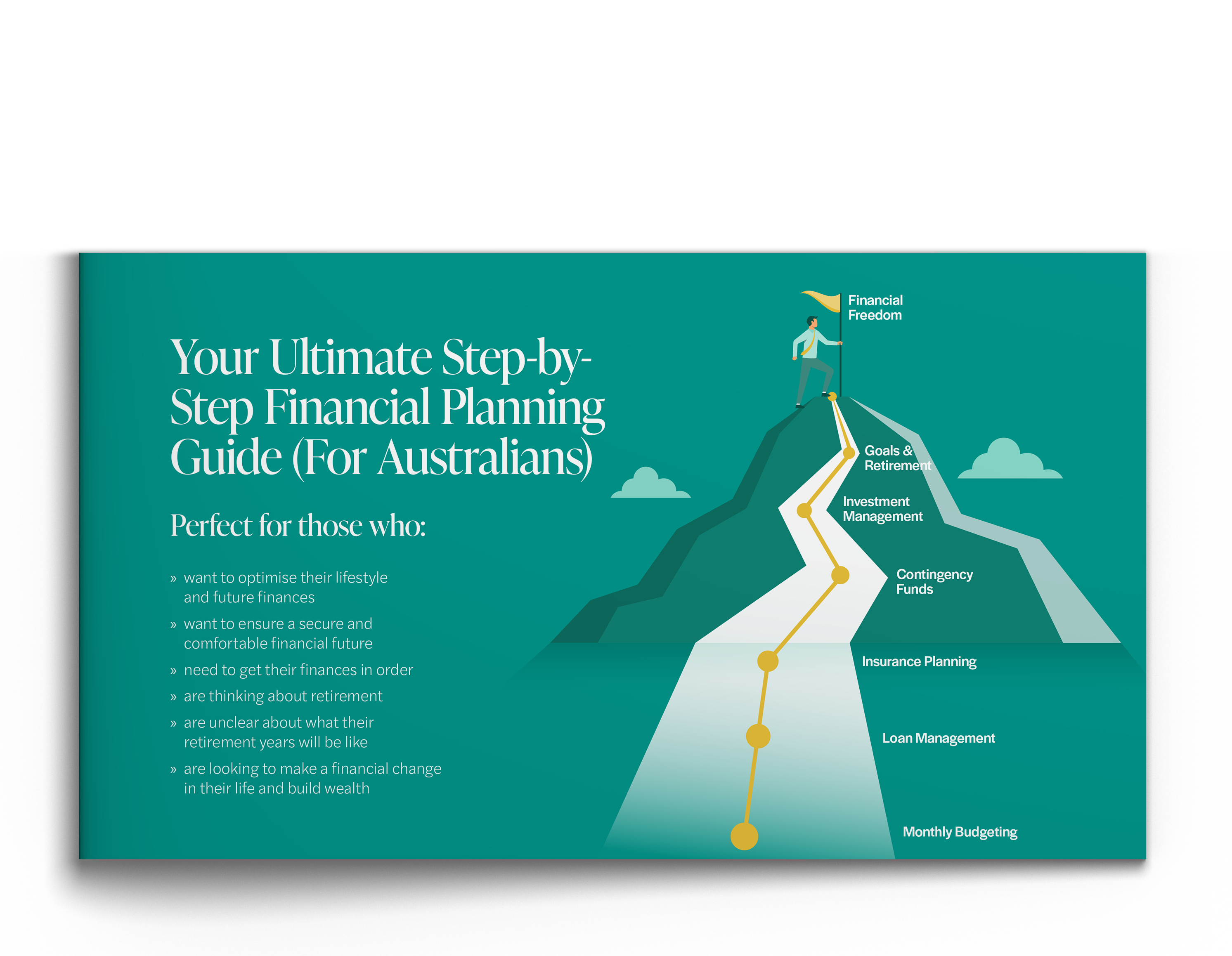Your 15-minute guide to the budget measures that will affect you most.
So, we have a budget surplus. After the desperation of the COVID-19 pandemic, during which the Treasury was rightly pessimistic about the future, a boon of windfall tax revenue has been delivered off the back of higher commodity prices on iron ore, gas, and coal. Last October, the Government was predicting a $36.8 billion deficit for 2022-23. It’s a whopping $4.2 billion surplus in underlying cash billion (0.2per cent of GDP) now.
What to make of the 2023 Federal Budget?
Here is your quick guide to the measures in this year’s budget that will affect you most.
>> Economy
- The Treasury Department has cautioned that international economic expansion will likely reach its weakest level in more than two decades, mainly due to increased interest rates. This will likely negatively impact Australia’s economic outlook as real GDP growth drops from 3.25 per cent this year to 1.5 per cent in 2023-24 before recovering to 2.25 per cent the following year.
- Consumer Price Index (CPI) is expected to fall to just over 3 per cent next year as compared to this year’s 6 per cent, edging closer to the Reserve Bank’s target band of 2 to 3 per cent.
- The unemployment rate is forecast to increase from a historical low of 3.5 per cent to 4.25 per cent in the next year, then hover in the mid-four per cent for a few years.
- Over the same period, wage growth is expected to climb from 3.75 per cent to 4 per cent. The budget also forecasts wage growth to outstrip inflation from 2023-24 for the first time in many years.
Key takeaways: The detrimental effects of inflation are predicted to lessen as interest rates remain high as consumers hit pause on their retail spending. The Albanese administration claims its cost-of-living relief strategies will mitigate inflation by half a point, but certain economists disagree. The major consensus is that the economy will slow markedly, but it should not cause a dramatic rise in unemployment.
>> Small Business
- Increasing the instant asset write-off to $20,000 in the new financial year (1 July 2023 to 20 June 2024).
- The Government will improve cash flow for small businesses by temporarily increasing the instant asset write-off threshold to $20,000 for businesses with an aggregated annual turnover of less than $10 million.
>> Superannuation
- Introducing payday super from 1 July 2026.
- Employers will need to make super contributions on the same day as they pay their employees’ salary and wages. Currently, they only need to contribute to super once a quarter.
- The Government estimates this would increase the retirement savings of a 25-year-old median wage earner by $6,000.
- This will particularly benefit lower-paid workers and those in casual and insecure work, many of whom are women.
- Increasing tax on earnings on balances over $3 million from 1 July 2025.
- The Government is reducing super tax concessions for people whose total balance exceeds $3 million, bringing the headline tax rate to 30 per cent (up from 15 per cent). The higher tax rate is only payable on earnings corresponding to the proportion of a person’s super that is greater than $3 million.
>> Cost of Living
- Vulnerable Australians will receive rebates on their energy bills worth up to $500, with the $3 billion dollars cost of the rebate jointly funded with state and territory governments.
- The Government has declared nearly $5 billion to be spent over the next five years to increase the rate of JobSeeker (across all ages), and Youth Allowance to be increased by $40/fortnight from September. So, a single person (under age 60) receiving a typical total rate of JobSeeker Payment of $701.90 per fortnight will start to receive approximately $733.10.
- A higher rate of JobSeeker allowance, which is currently available for people aged over 60, is now being made available for those over-55s who experience difficulty entering the job market. So, JobSeeker Payment recipients (who have to have been on payment for 9 continuous months) will start receiving the higher maximum rate of approximately $785.20.
- Approximately $2 billion will be invested over a five-year period to extend the single-parent welfare benefit until the recipient’s youngest child reaches the age of fourteen. This means nearly 60,000 parents, who are currently only eligible for the payment until their child turns eight, will receive the additional funds. This is expected to benefit 57,000 single principal carers, including 52,000 women.
- Single parents will be $176.90 per fortnight better off rather than transferring to the JobSeeker Payment.
Key takeaways: A modest, across-the-board rise in unemployment benefits has been announced following heavy criticism of the idea to only raise unemployment benefits to older Australians. With the sharp increase in commodity prices giving the budget a major lift, some are anticipating the Greens and other groups to accuse Labor or neglecting to prioritise those who are more in need.
>> Aged Care
- The Government is providing extra funding to increase the pay of many aged care workers by 15 per cent, providing an extra 9,500 Home Care packages. A new Aged Care Taskforce has been established to review funding arrangements and provide options, along with reduced residential care ratios.
- Additional funding has been allocated so COVID-19 measures and regulations will be maintained and strengthened at aged care homes.
- The Government has postponed the new ‘Support at home Program’ and extended grant arrangements for the ‘Commonwealth Home support Programme’ for a further 12 months.
Key takeaways: Clients accessing aged care services have avoided an increase in aged care fees in this round’s Budget despite the Government needing to find an additional $11.3 billion over the next four years to fund the 15 per cent increase in award wages for 250,000 aged care workers. However, the Budget commentary did signal a potential for client contributions to be reviewed and adjusted, potentially when the new Aged Care Act is introduced on 1 July 2024.
>> Debt and Deficit
- The federal government is projected to achieve a financial surplus of $4.2 billion this fiscal year – the first time in over 15 years that a federal government’s income exceeds appropriations. This is an impressive turnaround – a positive turnaround of $41 billion from the Government’s October forecasts.
- Despite the initial optimism, this deficit is projected to return in the upcoming fiscal year. The 2023-24 deficit is expected to reach $14 billion, before increasing even further for two years into the mid-30s (then narrowing to $28.5 billion in 2026-27).
- Over the next five years, the cumulative deficit is still expected to be $126 billion better than previously forecast. The Government has also touched on the idea of recouping $114 billion from more individuals paying income tax, and resource companies paying tax on record commodity profits.
Key takeaways: The Coalition will argue the turnaround was driven by higher revenue from high commodity prices, but Labor will hammer home the fact that it banked nearly 90 per cent of the revenue rises. The Government has stated that as deficits in future years are now much smaller than expected, the public can hope or dread future surpluses to be secured if the Government chooses to wind back the controversial tax concessions.
>> Health
- The Government plans to invest roughly $3.5 billion over the course of five years in order to raise the payments for bulk-billing services (by $20 in cities, and $40 in regional areas). This increase aims to counteract the recent decline in bulk-billing rates, with a set target of tripling the bulk billing incentive for GP consultations for children under 16 and Commonwealth concession card holders. This $3.5 billion will support 11.6 million eligible Australians to access a doctor with no out-of-pocket costs.
- Pharmacy visits will be made cheaper by allowing people to buy two months’ worth of prescriptions for the price of a one-month script. Despite the public outcry from local pharmacists and the Pharmacy Guild of Australia, the Government claims this will save consumers $1.6 billion and free up GP appointments. The Government declares they will reinvest $1.2 billion into pharmacies as part of the deal, allowing them to administer vaccines free of charge and doubling incentives for regional pharmacies.
- In other news, the Government will focus nearly $250 million on clamping down on the black market for vapes and rolling out a new anti-smoking campaign.
Key takeaways: State premiers have been pressuring the federal government to spend big on fixing Australia’s broken primary healthcare network. A large increase in spending to encourage bulk billing was one of the key demands of doctors’ groups and some states.
>> Housing
- In response to the rental crisis at hand, the Government will increase rent assistance by 15 per cent for more than a million Australians, at a cost of $2.7 billion over five years. This means a single person with no dependable children currently receiving the maximum RA payment of $157.20 per fortnight will start to receive $180.80, as well as their income support payment.
- The Government plans to unlock another $2 billion to spend on social and affordable housing by increasing the guaranteed liabilities of the National Housing Finance and Investment Corporation.
- The First Home Guarantee will be expanded to any two eligible borrowers, rather than only spouses or de facto partners. Some speculations have been made that the RBA’s 11th interest rate hike was a preparation for this scheme as an effort to curtail too much demand flooding the market at once.
Key takeaways: The Government’s major policy to drive investment in social housing is deadlocked in a Senate standoff with the Greens. Rental assistance is welcomed by advocates, but they are arguing that the expansion of a first-home buyers’ scheme is too minor to make a difference in housing affordability.
>> Climate and Energy
- The Government hopes that the Hydrogen Headstart – a $2 billion policy to support large-scale hydrogen production contracts – will help sustainable projects to get off the ground. The Government is hopeful for a gigawatt of electrolyser capacity will be created to allow Australia to take advantage of the emerging technology.
- Approximately $1.3 billion will be invested to further establish the Household Energy Upgrades Fund, fostering the partnership between banks and other lenders to upgrade Australian homes with solar panels, modern appliances and other energy-efficient improvements.
- The Government will put in place a new body, the Net Zero Authority, with a $400 million investment to support workers, industries, and communities through any disruptions caused by phasing out fossil fuels.
- Eligible households will receive a rebate of $500 per year and eligible small business $650 per year on their power bills.
Key takeaways: This is significant spending (and never-before-seen) on climate measures. This testament marks a key difference in the Government’s political agenda compared to the Coalition that will help stimulate growth in these industries’ futures.
Got a question about the budget? Email us at info@greenassociates.com.au or chat with us on our socials.
At Green Associates, all of our advisers are fully licensed and listed on the ASIC Moneysmart Financial Adviser Register. Green Associates is committed to providing the best solutions for you and your wealth-creation journey.




